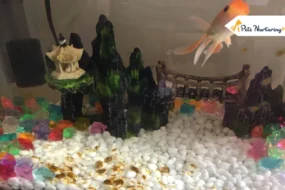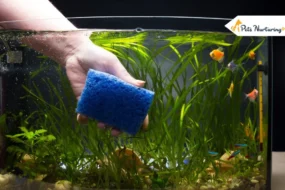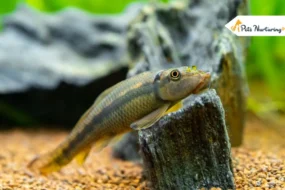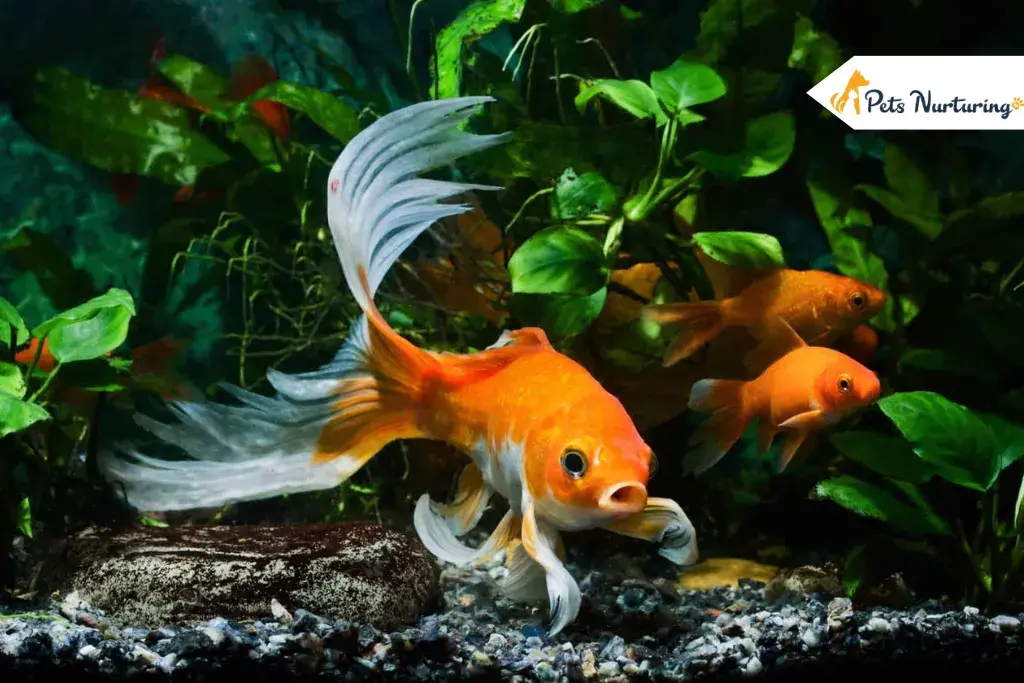
Fish dropsy
The name was given by aquarists to a uniform swelling of the abdominal region. It is actually the accumulation of water in the body such as in coelomic cavity and in cutaneous tissue due to renal (kidney) failure. This condition also is known as bloat. Significant swelling of the abdomen, often causing the scales to protrude resulting in a pine cone-like effect. This protrusion of the scales distinguishes dropsy from other condition that may cause abdominal swelling.
History

In Poland, abdominal dropsy was introduced by the ministry of agriculture and agrarian reforms, dated July 20, 1937. The appearance and disappearance of infectious abdominal dropsy were publicly notified after the local authorities had made necessary inquiries. after this abdominal dropsy had to be reported to the state of fishery authorities.On oct. 27, 1948, the German planning commission for the Soviet-occupied zone issued an ordinance concerning the control the infectious abdominal dropsy and, on Nov. 24, 1948, instructions for carrying out this. The fishery department tries to find out the reasons for dropsy, and the main reason is the osmoregulatory problem. the reason of dropsy are seemingly anything and everything. However, if the infection is detected early, it is possible to save affected fish. Typically, a fish suffering from dropsy will stop eating altogether, often hiding in just one part of the aquarium and steering clear of its peers. This lack of appetite usually extends for two or three days before the belly starts to swell.
Symptoms
The term bloating used to describe swelling, caused by the accumulation of fluids in the tissue and body cavity.
Symptoms of the fish dropsy are
- Swollen anus
- Bulge out eyes
- Pale gills
- The lethargy of the fish (i.e. hiding or staying at the bottom of the tank or in a pond.)
Causes
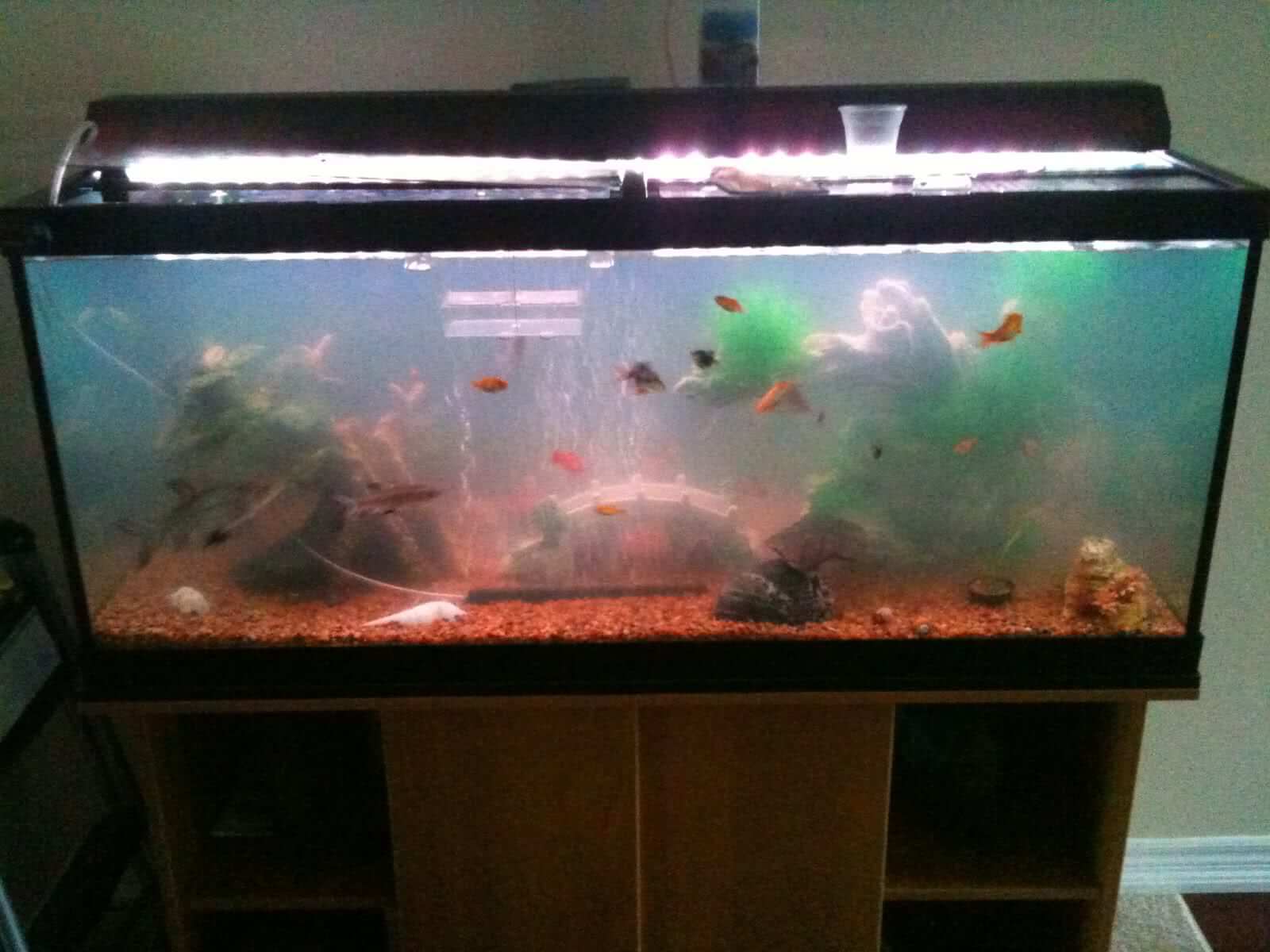
When the infection increases, skin lesions also appear. Internal organs in the fish are damaged due to fluid fill in the belly and abdominal region become swollen, and ultimately fish die.
The main cause of fish dropsy is
Bacteria
The gram-negative bacteria Aeromonas, which present in all aquarium habitat cause serious infection in fish.
Poor water quality
The poor water quality means bacteria floating in the water, as a result of that compromising the immune system and increasing the chances of dropsy.
Temperature
The fish tank should be kept at 78-80-degree Fahrenheit- this temperature promotes the digestion in fish
Immune suppression (often cause long term stress)
When the fish are placed in the tank in which already a large amount of fish are present, chances of dropsy are increased.
Poor nutrition
When using the wrong food, the fish will become weak and chances of dropsy are increased
Ammonia or nitrite spikes
Ammonia and nitrate spikes directly affect the fish. The less the amount of oxygen in the water due to which fish cannot perform their respiratory system properly and the mortality rate is increased.
Genetic weakness
When the potential in fish for fighting against diseases is very low the fish dropsy may occur at an early stage of their life and due to which mortality is also increased.
Old age
The aging of fish is also a major cause of fish dropsy, with respect to age the immune system is also weak in fish and body become weak and chances automatically of dropsy are increased.
Treatment

Separate the infected fish from healthy fish and perform the water changes.
- Treat with a persistency internal bacteria medication.
- Antibiotics (e.g., oxytetracycline, chloramphenicol, administrated with food).
- Note in all cases water condition should be optimal.
- Epsom salt may be added to freshwater fish tanks to alter the chemistry of the water.
- Epsom salt (magnesium sulfate) are generally neutral and do not affect soil pH, making it either more acidic or more basic.
- KanaPlex Tm is a blended kanamycin based medication that safely and effectively treats several fungal and bacterial diseases. because it is absorbed by a fish it is useful in treating internal infections in those situations where food is refused.
Minimize stress
The tank or a pond in which fish are kept should be big, and number species should be low.
Ensure correct nutrition
You should be noted that the diet which you are used for fish should have a proper and complete a balanced diet.
Maintain optimum environmental condition
Pay particular attention to aquarium hygiene, and amount of salt, the temperature should be maintained in pond or tank. .
To find out more :








